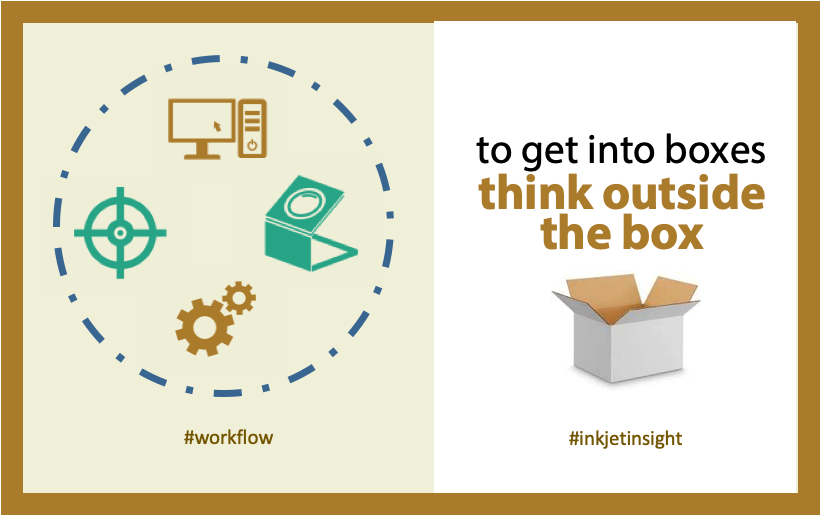Folding cartons are the fashionistas of packaging. They contain products from luxury and common consumer goods, cosmetics food, pharmaceuticals, and agricultural chemicals, to machine parts and industrial findings. They come in all sizes, formed from substrates like lightweight boxboard or heavyweight hardboard.
The decisions about how to print the boxes often start with the purpose of the box and the estimated job run. For some products, the box design is also tightly linked with the brand value proposition. You don’t expect a Rolex watch to come in a cereal box, nor do you expect your cereal to come in a highly crafted carton. But, in both cases you do expect the carton to reflect the product on the inside!
To make sure the carton and the product are in sync takes the work of brand product managers, package designers, and the teams that take those designs to create the box prototype, and then put it into production. Unlike direct mail, transactional and other flat printing, there are a few extra steps in the workflow. This is an important consideration if you are considering a move into folding carton production to expand your business.
At the high level, consider that a folding carton needs dielines that show how the box looks when laid flat. It is within the dielines that the packaging design will exist and where glue and fold lines are identified. In traditional boxmaking the dieline corresponds to a physical die used to cut the box outline from the substrate. In modern workflows the dielines may be programmed into a motion cutter that traces the dieline to achieve the same end.
For standard carton types, the dielines may be part of the design file to help the artist recognize how to place the design to inform how the carton will be displayed. You don’t want the main logo on the bottom of the carton or unfortunate image problems caused by cut and fold lines.
Where to start and end with workflow planning
We now have the beginning of the workflow for the folding carton. It begins with the decision about the type of carton. That leads to the dieline selection and then the design of the content for the carton. The carton may be printed on both the outside and the inside, and it may include a number of creases, folds and gluelines that must work in synergy with the design.
In some cases, the carton design may go through a test phase with a company that specializes in prototyping to ensure that the carton can be produced as needed. In other cases, the carton printer may be expected to run tests and will need a workflow to accommodate testing. For folding carton production in an inkjet printing environment, the testing must include the full package. The production substrate must be printed by the production inkjet press and then any coating or post processing embellishments must also be tested. The test print must be cut, creased, folded and glued to ensure that the print doesn’t crack or peel, and that the glue sticks! This is all part of the workflow!
Last week, Ralf Schlozer talked about the Inkjet Outlook in Folding Carton Printing – and it is rosy. While the vast expanse of the folding carton business is not printed digitally, the growing market for short run production, customization, and support for craft businesses makes digital folding carton a business worth considering. There are inkjet printers of all sizes, from pizza box printers to B1 presses, and install bases are growing. Forecasters and trackers tend to think in terms of folding carton converters who can produce a million cartons per month, but that capacity isn’t necessary for these emerging craft markets.
Are you ready for folding carton?
If you already have production inkjet devices, check with your vendor to see what substrate ranges they have tested and approved. Most folding carton is constructed from single-ply paperboard that is 14 to 24 points. If your device supports the weight and you can source the substrate, start by sending a file through your workflow to the press and see what happens. It should help you to see gaps and opportunities in your job onboarding, prepress and production areas. If you don’t have access to a folder, creaser, motion cutter or die cutter, or gluer, see if there are vendors in your area that would take it in as trade work!
After running your test, you should have a sense of what you need to turn your test into an inkjet folding carton production function. Talk to your current workflow vendors about their solutions for folding carton. Esko, efi, and Hybrid are among the many vendors who sell comprehensive solutions for folding carton workflow management. You may find that inkjet printing for folding carton gives you some new expansion options.
If you’ve created a workflow that you’d like to share, let’s have a chat! Remember, there are a million questions in inkjet city! Have questions? Get in touch.

